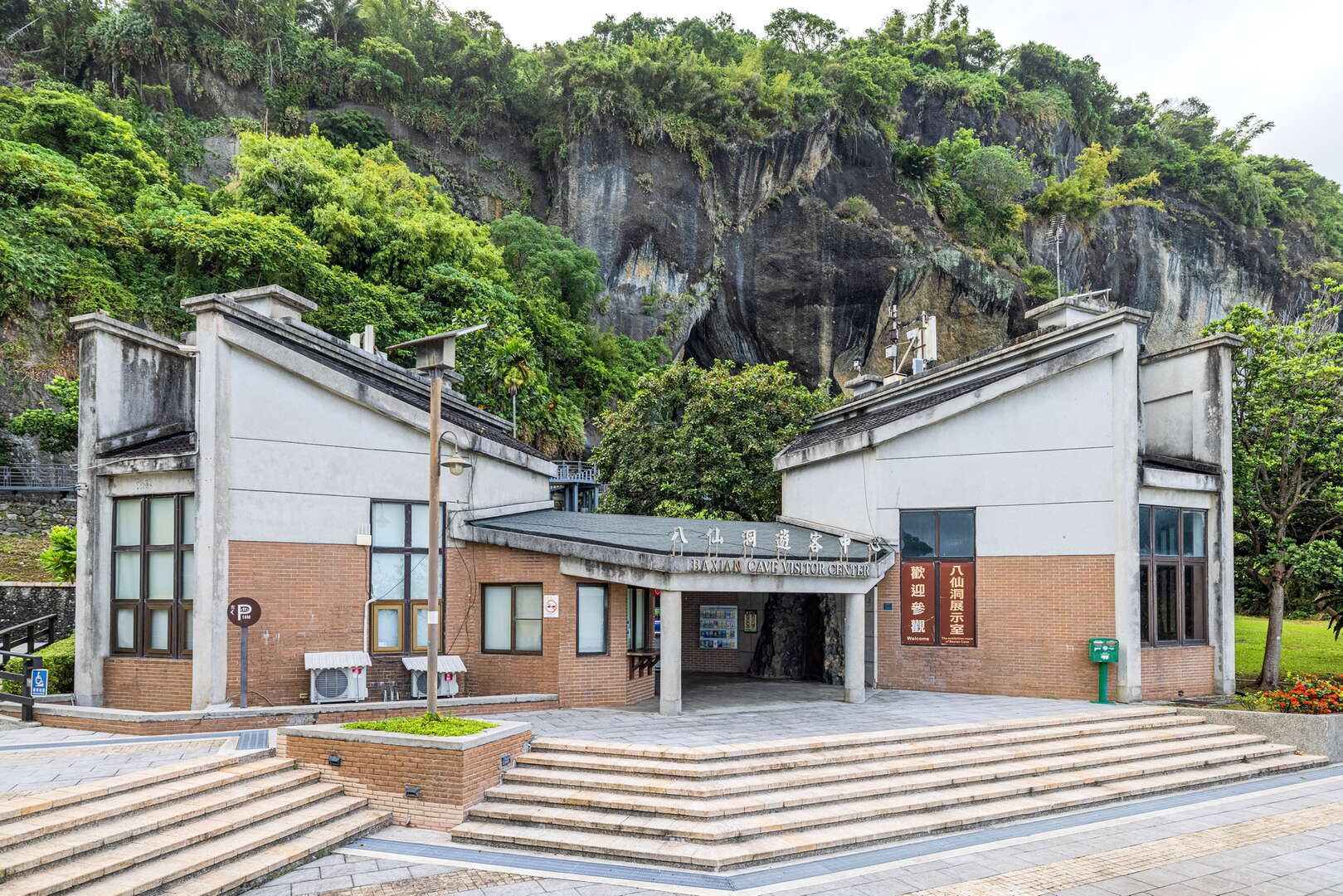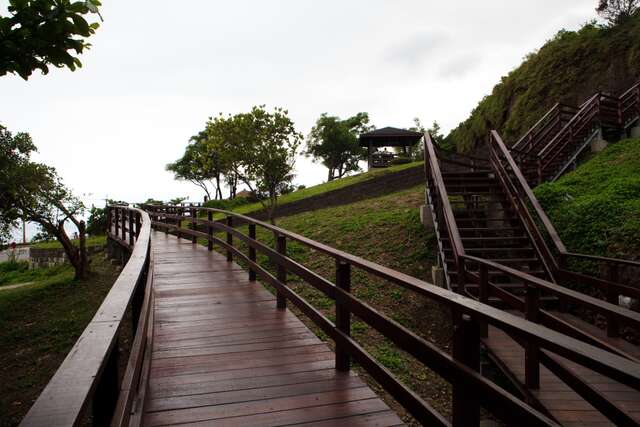Baxian Cave Visitor Center
Updated:2026-01-01
Popularity
42415Feature
- Wooden trail at Baxian CaveWooden trail at Baxian CaveEast Coast National Scenic Area Headquarters Visitor Center set up a circular wooden boardwalk at Baxian Cave, connecting large and small caves. Visitors can follow the boardwalk to explore each cave and enjoy the extraordinary Nature’s craft.
- A corner of the exhibition areaA corner of the exhibition areaIn 1968, an archaeologist team led by Professor Song Wenxun from the Department of Anthropology and Professor Lin Chaoqi from the Department of Geology of National Taiwan University discovered Taiwan’s first Paleolithic culture in Baxian Cave, Changbin Township, Taitung County. The famous archaeologist Dr. Li Ji named this culture "Changbin Culture" after the place.
The remains of Changbin culture unearthed in Baxian Cave are mainly gravel tools made by the method of pounding and stripping, as well as many bone tools, and bones of animals and fish. Based on carbon-14 dating, their era is determined to have begun 30,000 years ago, and ended about 5,000 years ago.
Details
Baxian Cave, both geological wonder and prehistorical remains, is located on a cliff facing the ocean in Changbin Township, Taitung County. There is more than a dozen of naturally formed sea caves, which were originally on the sea surface, but are now scattered on the 150-meter-high mountain wall. This is because the waves eroded the softer part of the rock wall during the uplift of Earth's crust on the East Coast. Baxian Cave currently has trails leading to various sea caves. The largest among them is Lingyan Cave. The highest cave, Kuenluen Cave, is about 130 meters high. In addition, there are Chienyuan Cave, Joucheng Cave, Hailei Cave, Chaoyin Cave, Yongan Cave, and Shuilian Cave. Due to that these caves were originally used as shrines, they all possess a religious vibe.
Baxian Cave is also an important archaeological site of prehistorical remains. A rich reserve of pre-pottery culture of Palaeolithic Age was found here and subsequently named "Changbin Culture." It is the oldest pre-historical remain discovered in Taiwan, recognized as a first-class national archaeological site for its significance.
Baxian Cave is also an important archaeological site of prehistorical remains. A rich reserve of pre-pottery culture of Palaeolithic Age was found here and subsequently named "Changbin Culture." It is the oldest pre-historical remain discovered in Taiwan, recognized as a first-class national archaeological site for its significance.
Information
TEL
089-881418
Open Time
/Open daily 08:30–17:00 (Closed on Lunar New Year's Eve); Staff break: 12:30–13:00.
Facilities
- Visitor Centre
- Exhibition Hall
- Dining
- Parking lot
- Toilets
- Bicycle Inn
- Bus station
- Trail
- i-Helper
How to Get There
Choose a transportation method based on your departure location. 


